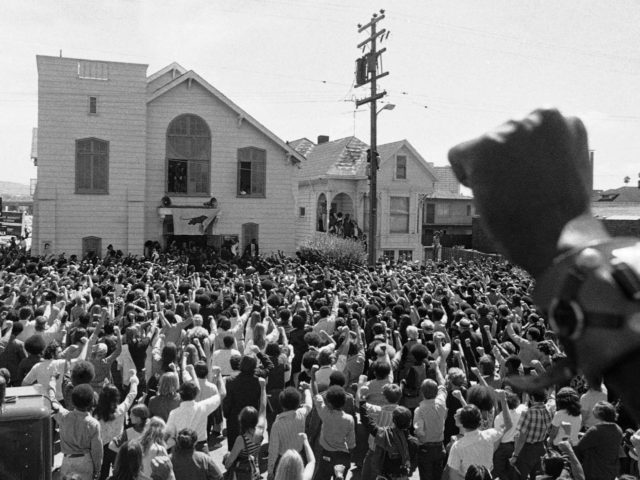The Bay Area’s creeping gentrification has made its way to places of worship and is now affecting Oakland’s black churches, a fixture and bedrock of the community there for nearly 75 years.
“The rug has been pulled out from under our church family,” Rev. Ken Chambers, who leads West Side Missionary Baptist Church just off Seventh Street in West Oakland, told the San Francisco Chronicle. “It’s devastating.”
Beth Eden Baptist Church, Oakland’s oldest African American Baptist church, which was established in 1941, has reportedly seen its attendance dwindle from 400 people to less than 50 over the course of the last few years. As residents traditionally black neighborhoods are replaced by higher-earning techies and startup employees, locals have been forced to relocate to more affordable neighborhoods like Antioch, Pittsburg, Stockton and Sacramento.
As a result, these black churches are finding it difficult to survive.
The Chronicle notes that churches like West Side Missionary, Beth Eden and Greater St. Paul Missionary Baptist Church have all been affected by the flight of their African-American population. Although some congregants who have moved still attempt to attend services once or twice a month, that is reportedly not enough to maintain funding for religious establishments that rely heavily on tithings and donations for their survival.
Rev. Mary McCon-Gilmore, a schoolteacher who leads Faith Chapel — which uses West Side’s facilities twice a month — reportedly moved 11 miles away to Richmond.
“I love my church,” McCon-Gilmore told the Chronicle about the Sunday commute she makes twice a month. However, she added, “my whole life and heart is still in West Oakland.”
Just under 30 minutes away, in Bayview-Hunters Point, a traditionally black neighborhood, African-American locals have been forced out and slowly replaced with Silicon Valley techies and professionals who are better able to afford higher prices.
Writer James Baldwin had once referred to the neighborhood as “the San Francisco America pretends does not exist.”
Follow Adelle Nazarian on Twitter and Periscope @AdelleNaz

COMMENTS
Please let us know if you're having issues with commenting.